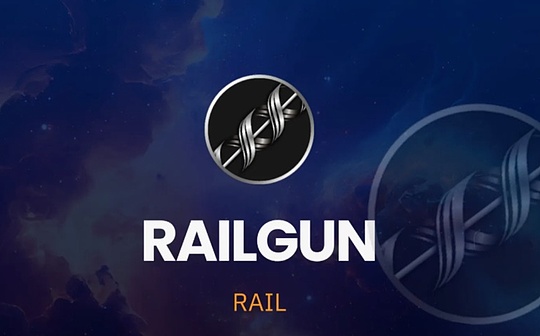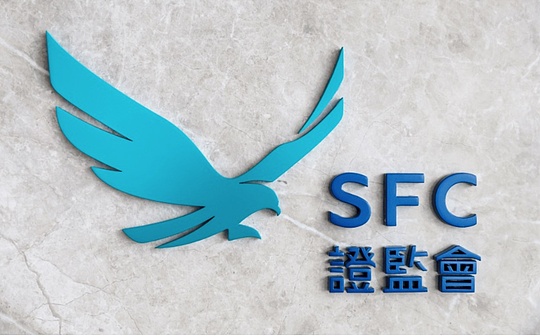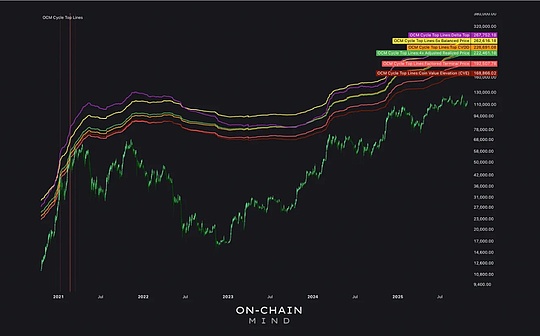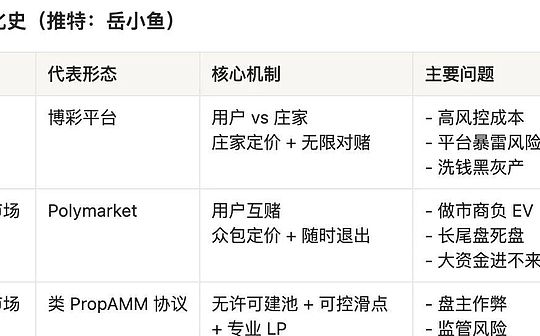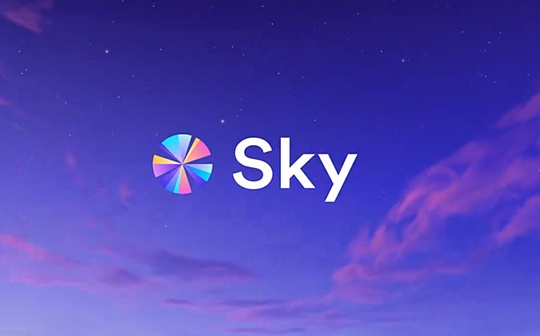
Author: Rune, Sky Lianchuang Source: X,@Runekek Translation: Shan Ouba, Bitchain Vision
The launch of the Sky protocol only happened 8 days ago, but it has made people feel that we are entering a new era.On September 18, the Sky Agreement carried out tokens: USDS, SKY, and feature updates: USDS savings rate and USDS token reward function were launched. The user experienced the Sky ecosystem for the first time.Multiple front -end operators provide these functions, including Sky.Money, Summer.fi, and Defisaver.com.
In these 8 days, the new token has been obvious.The supply of USDS has exceeded 500 million (570m) and a net inflow of 200 million USDS.
>
USDS and Sky have been integrated into the main front end, wallets and applications of the Ethereum ecosystem, and the community and the media have also given wide support for this upgrade.
However, this is just the beginning.In the next few months, new feature release and major integration will continue to be launched.In the past two years, the decentralized Sky ecosystem has been developing a large number of projects. Now everything is ready and will soon be launched.
The following are some new features that have been passed or proposed to give SKY governance, and arranged in the order of the expected online:
Sky Aave Force flagship integration
Sky Aave Force is the two largest Defi giants in the world to cooperate with one of the iconic integrations to promote the DEFI rejuvenation: that is, the USDS market on AAVE, which combines all the reward mechanisms in the two protocols.
Through the advanced integration of USDS and USDS savings rates, the AAVE USDS market will permanently superimposed USDS savings and conventional AAVE market interest rates.In addition, the unique launch rewards from the two ecosystems will also take effect: USDS deposits will receive SPK airdrops on AAVE, and AAVE governance will also provide incentives from its side.The AAVE USDS market will become a simple and secure choice for users to get the best stable currency reward in DEFI.
Shortly after the AAVE USDS market was launched, Sky will distribute USDS mortgages to the AAVE LIDO market through Spark Star to increase liquidity and reduce the cost of borrowers of the AAVE LIDO market borrowers.
USDS and Sky are online on Solana, accompanied by Sky incentives
>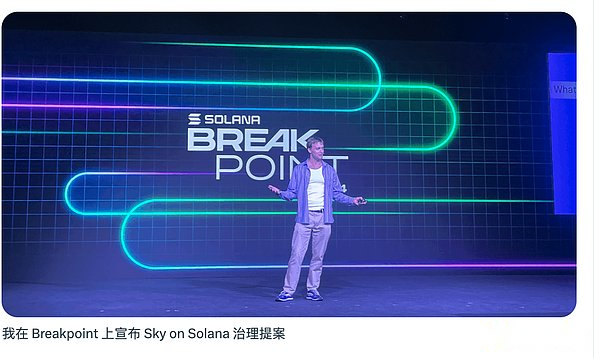
Next is the highly anticipated Sky’s launch in Solana, which is welcomed by the Solana community, because Solana’s Defi ecosystem lacks a decentralized stable coin with built -in rewards.
USDS and SKY will cross the chain bridge through Wormhole, and through Sky incentives for liquidity providers, Solana users will have a USDS/USDC liquidity close to 1: 1.As many as 2 million SKY tokens are used for Solana’s DEFI incentives every week.This will enable the DEFI protocol on Solana to achieve high -end USDS savings rate similar to AAVE and make USDS the best assets to earn DEFI rewards on Solana.
This will accumulate early kinetic energy for Solana Skylink, and all native Sky functions will be available on Solana.
SKY Early Bird Empty Drop
Users registered with Sky.Money before the Sky protocol are currently earning double Sky rewards on their USDS through the early bird plan.These additional double rewards will be distributed through airdrops.If you register the early bird plan and meet the conditions, you still have time to enjoy double rewards before October 16.
Sky Seal module
The Sky Seal module is the first main core function launched after the Sky protocol.The Sky Seal module allows eligible Sky and MKR holders to block its Sky and MKR, which locks the assets at a 5% exit fee in exchange for the following benefits:
-
USDS reward
-
The ability to use SKY and MKR as a mortgage to generate USDS
-
In the future, you can also choose to get other rewards, such as SPK.
However, the Seal module may be unavailable in some countries.
The combination of attractive rewards and exit fees inspires the SEAL module users to participate in SKY governance for a long time.
The exit fee is temporarily set to 5%when the SEAL module starts, an increase of 1%every 6 months.After 5 years, the exit fee will be fixed to 15%and will not be changed.The initial discount exit fee aims to provide lighter penalties for the SEAL module users who have changed their minds in the early days to reduce risks under this new concept.
Once the spark starts, the SEAL module users can also choose to receive the SPK reward (users need to choose between USDS and SPK).The reward distribution of the SEAL module user is: 25%of the total net income of the Sky protocol, and 15%of the total circulation of SPK.
Skylink’s release on L2
Skylink will be released on L2, making the Sky protocol for the first time a native multi -chain protocol.Skylink is a customized cross -chain bridge that can deploy most SKY functions to its connected target chain.The function includes:
-
Native USDS, Sky and SUSDS tokens
-
1: 1: USDS and USDC liquidity access
-
Native visit USDS savings rate and USDS & LT; & GT; SUSDS conversion function
-
Native USDS tokens, including Sky tokens, Chronicle Points, and SPK tokens
-
Native activation rewards (see below)
SPARK’s full launch
>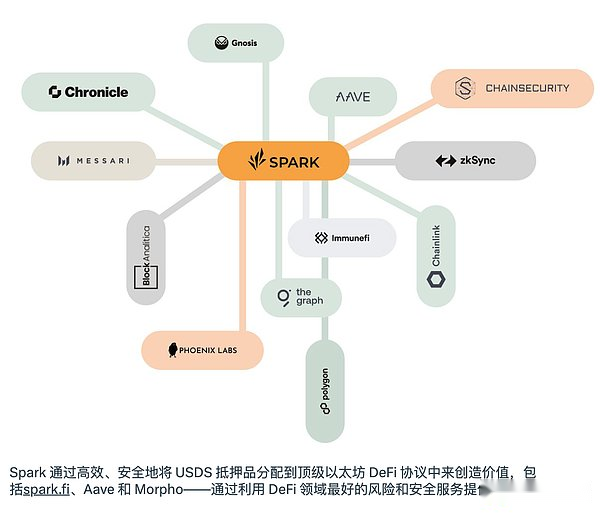
The peak of Sky was released by SPARK. Spark was the first completely independent Sky Star.From the beginning, Spark has become a multi -chain existence through Skylink. The SPK token award will be launched on the Ethereum main network and L2 for USDS at the same time.
After the Park was released, Spark will begin to generate revenue through the difference between the revenue earnings by the benchmark interest rate (Spark generated the cost of USDS) and Spark through the benefits earned by the mortgage distribution (these income comes from the SPARK Lend user, tokenize Grand PRIX participants, etc.Assets, and allocated to Morpho and AAVE through D3M).The distribution system will also be launched to provide great flexibility for the Spark ecosystem’s mortgage distribution in Ethereum, L2 and other chains.
These functions will transfer a large part of the net earnings income that currently earned by the Sky Agreement to Spark, laying the foundation for SPARK to increase value creation capabilities. Spark can flexibly use the dynamic opportunities emerging during the DEFI rejuvenation period.The net earning income earned by the SPARK protocol will be used to accumulate SPK/SKY liquidity, similar to Smart Burn Engine to accumulate SKY/USDS liquidity for SKY.
SKY and SPK activation function
With the full release of Spark, the Sky and SPK tokens will have the activation function and will be launched simultaneously on the multi -chain.
-
Sky activation: Allow Sky holders to earn SPK rewards without paying the exit fee or locking.Sky activates users to allocate 15%of all SPK issuance.
-
SPK activation: Allow SPK holders to earn Sky rewards, similar to Sky activation.SPK activates users to 80 million Sky tokens each year.
Solana Skylink and other Skylink deployment
After Spark starts, Skylink’s full multi -chain system will land on Solana and other main Ethereum L2.This also includes the main DEFI borrowing pool and protocol that integrates the distribution system to all support blockchain, thereby greatly improving the liquidity of DEFI, allowing Spark to generate more net surplus income, and enable SKY to increase the benchmark interest rate.So as to provide better savings interest rates for USDS holders.
2025 and the future
The above release is the next major progress that has been announced, but of course this will not be the end.The core pillar of Sky scalability is the star model in the ecosystem parallelization.Therefore, while Sky continues to launch more innovative functions, Spark will also start formulating its own long -term roadmap, including new features, applications, and strategies.
In the end, the next STAR will be launched after Spark, and it will also establish its own innovation and use roadmap to create another parallel and decentralized innovation and growth route.
From here, Sky will continue to incubate and launch more stars, and develop core technologies at the same time to improve the efficiency, speed and security of Stars through AI governance and data tools, and improve them by extending Skylink to more blockchains to improve themThe market is available.
Sky is a decentralized ecosystem with unlimited extension potential.

